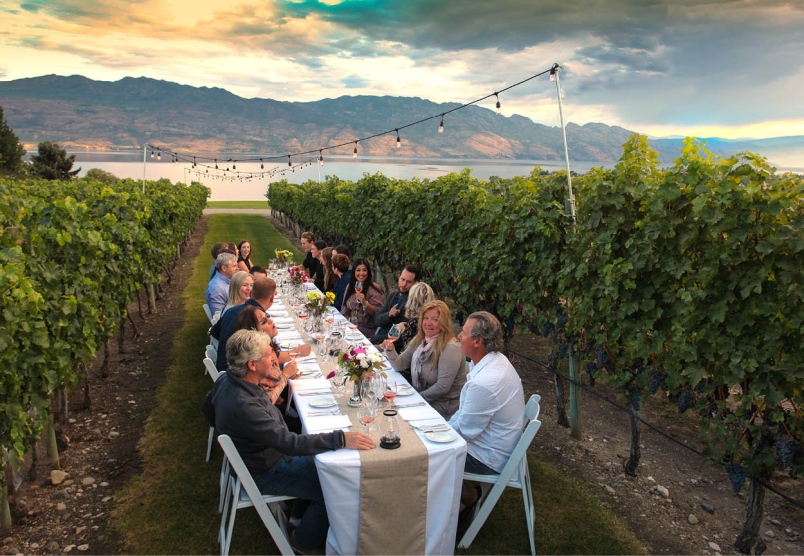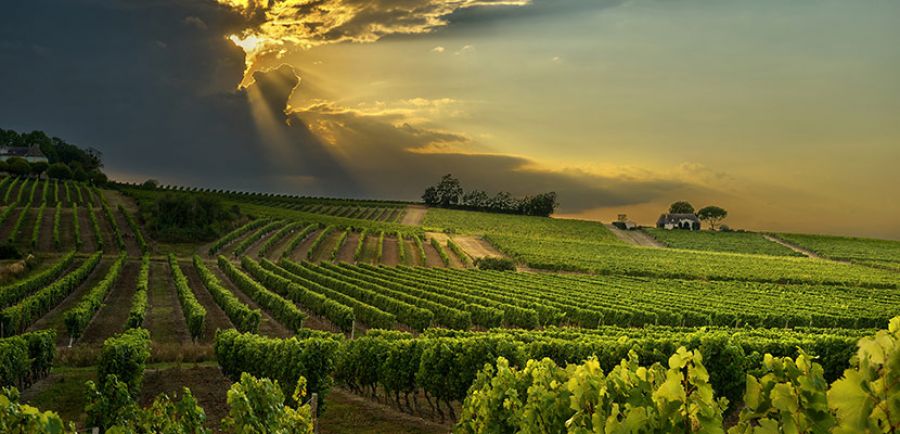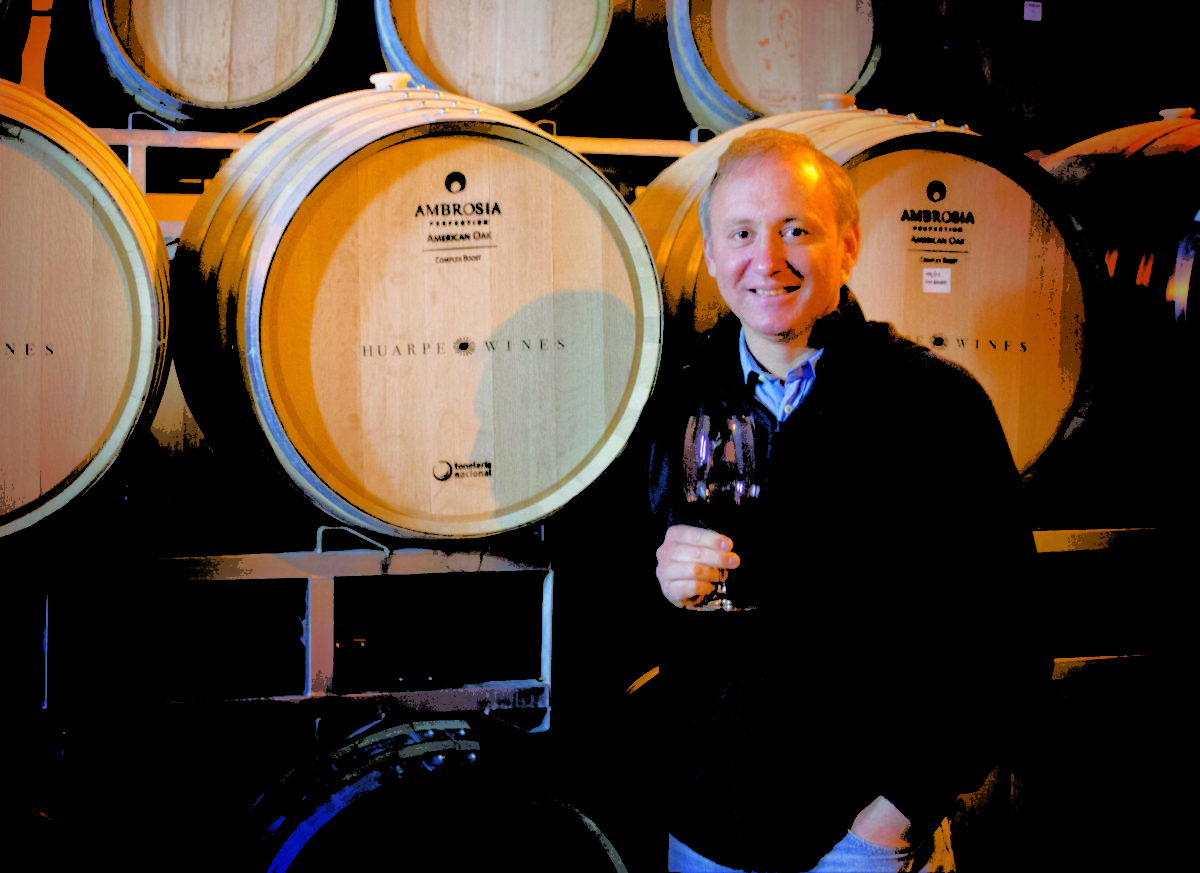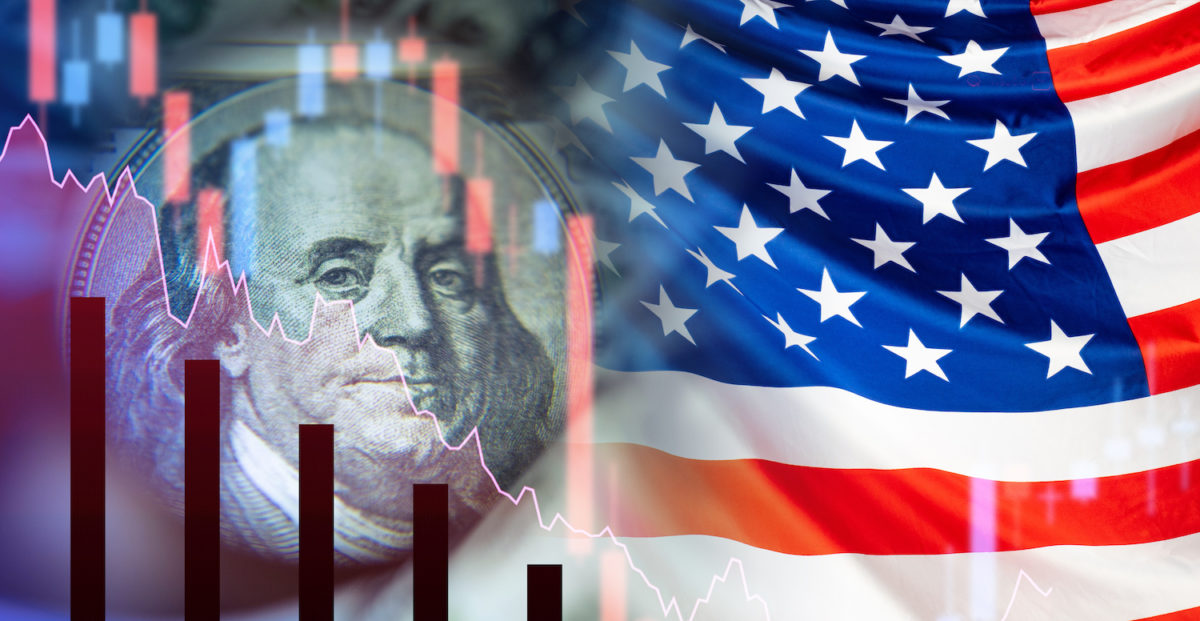Sparkling WINE Week – July 1st 2020
Champagne Post COVID –
Session 3 – 15.30 – 16.00 Seminar: Champagne popping out of COVID-19 – Sparkling WINE Week Liz Palmer, Key Note Speaker
Champagne Popping Out Of Covid-19
Remember …only sparkling wine, from the Champagne region of France, can be called “Champagne”.
Brief Overview Of The Region
Location: the Champagne Region is located in the Northeastern part of France, about 1h30 from Paris by car and 45 minutes by TGV (high-speed train).
Districts: The viticultural boundaries of Champagne are legally defined and split into 5 wine-producing districts: Aube, Côte des Blancs, Côte de Sézanne, Montagne de Reims, and Vallée de la Marne. The towns of Reims and Épernay are the commercial centers of the area. Reims is famous for its cathedral, Notre-Dame de Reims – this was previously used for the coronation of the French Kings and a UNESCO World Heritage Site.
Grapes: Three grapes are mainly used – Pinot Noir, Chardonnay and Meunier.
Other approved varietals include: Pinot Blanc, Pinot Gris, Arbane, and Petit Meslier
- These together are less than 0.3% of plantings.
31% of vineyards in Champagne are planted with Chardonnay which performs best on the Côtes des Blancs and on the chalk-slopes south of Epernay. Chardonnay produces lighter, fresher wines and gives finesse, fruit and elegance to the final blend. It is the sole grape used in Blancs de Blancs. Note: No other authorized white grapes, i.e., Pinot Blanc, Arbane, Petit-Meslier and Pinot Gris can be used in making a Blancs de Blancs.
Pinot Noir accounts for nearly 38% of the plantings in Champagne and lies at the heart of most blends – it gives Champagne its body, structure, strength and grip. It is planted across Champagne and in the Aube district.
The final varietal is Meunier which accounts for nearly 31% of the plantings. This varietal is durable and resistant to spring frosts – found in Marne Valley. It produces a soft, fruity style of wine that is ideal for blending with the more assertive flavours of Pinot Noir. Producers allege that Pinot Meunier lacks aging potential, but this does not deter Krug from including 15% of it in their final blends.
Champagne is a collective of over 16,000 growers and 340 houses. The region as a whole has put a proactive focus on climate change and sustainability since 2003 it was the first in the world to produce a carbon footprint assessment and identify the main sources of emissions in their systems. Based on learnings from the assessment, the region rolled out a plan to cut emissions by 75% by 2050. A nearer-term goal ensures that 100% of the area holds an environmental certification by 2030. (As of 2019, about a fifth of the region held a certification.)
Champagne Shipments
The latest shipment figures are attached [as at April 20, 2020] « too early to tell the effects » since 50% of the shipments occur between September – December 2019, the next figures are expected to be announced around the 10th/15th of July – so watch for this – usually published in French.
Going back to 2019 – Champagne reached its highest ever turnover, breaking the €5 billion mark for the first time in its history, while the start of this year was also very strong in terms of sales of the sparkling wine. The beginning of 2020 was good in terms of consumption – and now it’s a different story.
2020 Pandemic
With gatherings over the past three months across large parts of Europe, and around the world, canceled or postponed, and bars and restaurants closed, it should come as little surprise that Champagne sales would be seriously affected, especially as the nation’s worst-hit by the pandemic are some of Champagne’s biggest markets: France, Italy, Spain, and the USA.
As a whole, the Champagne region immediately reacted when the W.H.O. declared a global health emergency with the coronavirus pandemic [January 30, 2020]. France announced the first coronavirus death in Europe [February 14, 2020].
What Initial Steps Were Taken?
- Adapted general safety measures in the vineyards and cellars, and made the continuation of the work possible.
- established guidelines for « mating confusion » which usually is done by hand in large groups (the whole village at once).
What is mating confusion: This technique is based on a natural insect (scent or aroma) pheromone which confuses a male butterfly into not mating with the female. If the insects don’t breed, they aren’t a threat to the vines – this is called sexual confusion.
Mating confusion was postponed a few times and eventually suspended and did not take place in many villages. Typically, the growers would rather take the risk to lose a percentage of their grapes to the insects, than giving up on a « biocontrol – which is a component of an integrated pest management strategy. It is defined as the reduction of pest populations by natural enemies.
[Note: Champagne is the leading European country, in terms of surface, when it comes to mating confusion and half of their surfaces are under mating confusion].
- During this time, the Comite Champagne reminded the growers and houses, of the strategic orientations of the region: growth in value rather than in volume.
- During the crisis, the Champagne Region interacted with the French government, to ensure that economic measures were in place to support the domaines and wineries.
- The Presidents and executive board members of the houses have clearly communicated that Champagne expects a fall of shipments by 100 million bottles (i.e. minus 30% to minus 35%) over the year, resulting in a loss of turnover of 1,7 Bn€.
- During the months of April and May, Champagne has managed to establish an “adaptation” of the collective system which is aimed at ensuring the survival of the houses and companies, such as:The 2020 harvest will be bottled in two parts:
the first part, as usual, January 1st 2021;
with the second part to be bottled as of January 1st 2022
(ensuring that there is a reasonable level of production in 2020 (in order to sustain domaines and all players, who depend on selling grapes). This avoids providing the markets with too much wine.).
[Note: Currently there are almost 4 years of shipments in stock (or 1,43 Bn bottles)]
- The French government was solicited to reinforce the “Loi EGalim” or “**EGalim Law”] in the French off-trade, because it has had, in the past, positive effects on the Champagne market overall by limiting extreme discounts.
**[in long form this represents – law for the balance of trade relations in the agricultural and food sector and healthy, sustainable, and accessible food for all].
- The EGalim Law set recent promotions as follows: 1 bottle offered for 3 purchased, as opposed to « buy one get one free ».
[Note: This call to the government is a positive sign on Champagne being firm on its value growth strategy.]
Increased Digital Activities
- The growers, houses and the Comite Champagne have all changed the way they communicate including increasing their social media activities.
- recently launched Champagne education platform [Mook] champagne-mooc.com.
Classic Version
Course in English with subtitled videos
Access to 4 educational modules
The Champagne making process
The Champagne terroir
History and Economy of Champagne
Diversity and Tasting
Free
A N D
Premium Version
Course in English with subtitled videos
Access to the 4 educational modules of the classic version
Additionnal contents:
Extra videos
Test your knowledge
Get the official Statement of completion
49€ (taxes included)
Strategy – Post-COVID
- The main driver to rebuild a « desire for Champagne » is to collectively build the visibility of Champagne as a region that has invested in an eco-friendly production management [this is a number one concern for consumers 25-35 years in many key markets] and Champagne as the drink for celebrations, and special moments, but also the drink to make moments special — Champagne as a treat during hard times, a break within the rush, a comforting drink, for some.
- And as Louis Roederer’s cellar master Jean-Baptiste Lecaillon states “We make something which is not essential but, at the same time, it is essential for pleasure and bringing people together. We make a wine for celebration, so we decided that, in difficult times, it is important to do what we do and try and make an even better wine for the future.”
- Some brands, including the Union of Growers have organized charities to support medical teams in the region.
- The environmental effort of the region (previously mentioned), for the last 20 years and with objectives set for 2025, 2030, 2050, these strategic fundamentals are long-term.
Harvest 2020
- There was initially a challenge to get seasonal workers for the upcoming harvest above at least 50% of the 120,000 required. With most coming from Eastern Europe, it’s both a challenge to determine how and when they can travel to France, and then to implement social distancing which anticipated for the end of August. This is no longer an issue as the UE will be reopening and students will be available. The challenge remains to implement social distancing.
- This is a manual and collective task that can cause incredible logistic challenges (transportation and meals).
Champagne Tourism
- When it comes to tourism the region has adapted the government guidelines to reopen and the sites have just started to open.
France is Europe’s most-visited country, making tourism a key pillar of the economy.
- Experts say it’s too early to evaluate the full effect of the COVID-19 crisis, but the European Commission is already calling for a new “Marshall Plan,” using EU funds, to save the tourism industry.
- Once the lockdowns are fully over, and plans for a vaccine are in place, we will all want to celebrate – with Champagne of course!
Sources:
Comite Champagne
Thibaut Le Mailloux
Jean-Baptiste Lecaillon
Liz Palmer
liz@liz-palmer
www.liz-palmer.com





